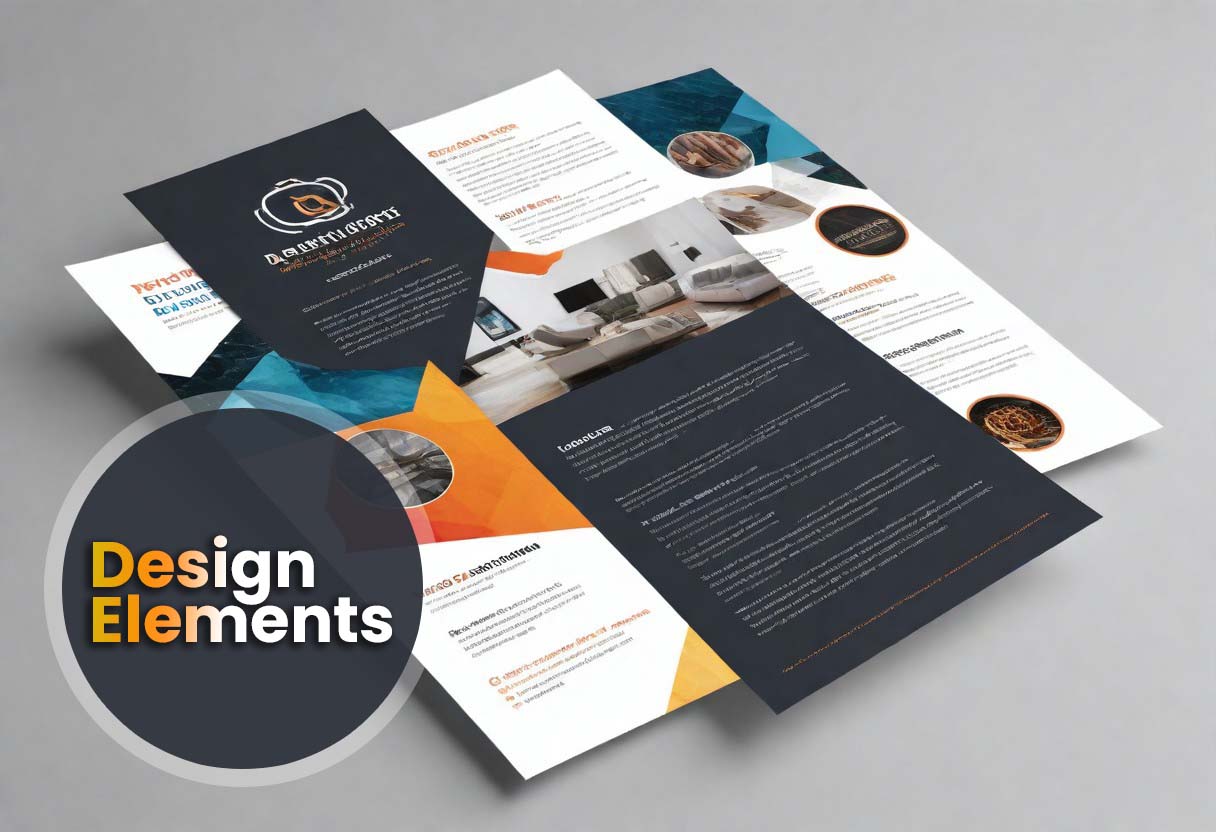Design Elements You Must Know: Unveiling the Core of Innovative Design
0. Introduction
Once upon a time, people believed that successful design was a product of divine inspiration. Nowadays, we know better. It’s not about an acute bolt of inspiration. Instead, it’s about understanding and implementing core design elements that transform raw ideas into a masterpiece. Let’s unravel these elements, one layer at a time.
1. LINE: The First Stroke
When you visualize any design, what do you notice? It all begins with a simple, yet vital element – the line. Lines, whether straight or curved, thick or thin, connect two points together and create structure in your design. They guide the viewer’s eye, delineating boundaries, separating content, and setting out paths for the eye to travel.
2. COLOR: The Sprinkle of Life
Imagine if we lived in a world without colour. Sounds bleak, doesn’t it? Similar is the case with design. Color breathes life into your design. It sets the mood, enacts emotion, and even directs attention. But remember, color is a double-edged sword. Use it wisely and it’s your best ally; abuse it, and chaos ensues.
3. SHAPE: The Framework of Perception
Shapes offer a framework, guiding interpretation and perception. Geometric shapes have order, regularity, and convey efficiency. On the other hand, organic shapes come from nature, embodying warmth and relaxation. Mix them up, and presto, you have a visual feast!
4. TEXTURE: An Added Depth
Texture adds an extra dimension, providing a tactile quality to your designs. Whether physical in print designs or visual on screen, texture breaks monotony, making your designs more engaging and accessible.
5. SPACE: The Silent Hero
It’s not always about filling every inch of your canvas. Space, both positive and negative, is a key element in defining the relationship between elements. Give your designs room to breathe and they’ll thank you for it, delivering clarity, balance, and focus.
6. TYPOGRAPHY: The Voice of Design
Last, but definitely not least, let’s talk about typography. It isn’t just about making words legible; it conveys personality, sets the tone, and adds visual interest. Choose fonts with care, since each brings its own character to the table.
Conclusion
Design isn’t magic or rocket science either. It’s about knowing your basic design elements and how to use them effectively. So pick up that pencil, open that software, and start creating wonders.
Q/A
Q1: Why are lines an essential part of design?
A1: Lines connect two points, forming the structure of any design. They guide the viewer’s eye and separate different portions of the design.
Q2: How do shapes factor into perception in design?
A2: Shapes offer a framework for interpretation and perception. While geometric shapes provide order and efficiency, organic shapes bring warmth and relaxation.
Q3: Can you elaborate on the role of space in design?
A3: Space dictates the relationship between different elements in a design. Proper use of space can bring clarity, balance, and focus to your design.

